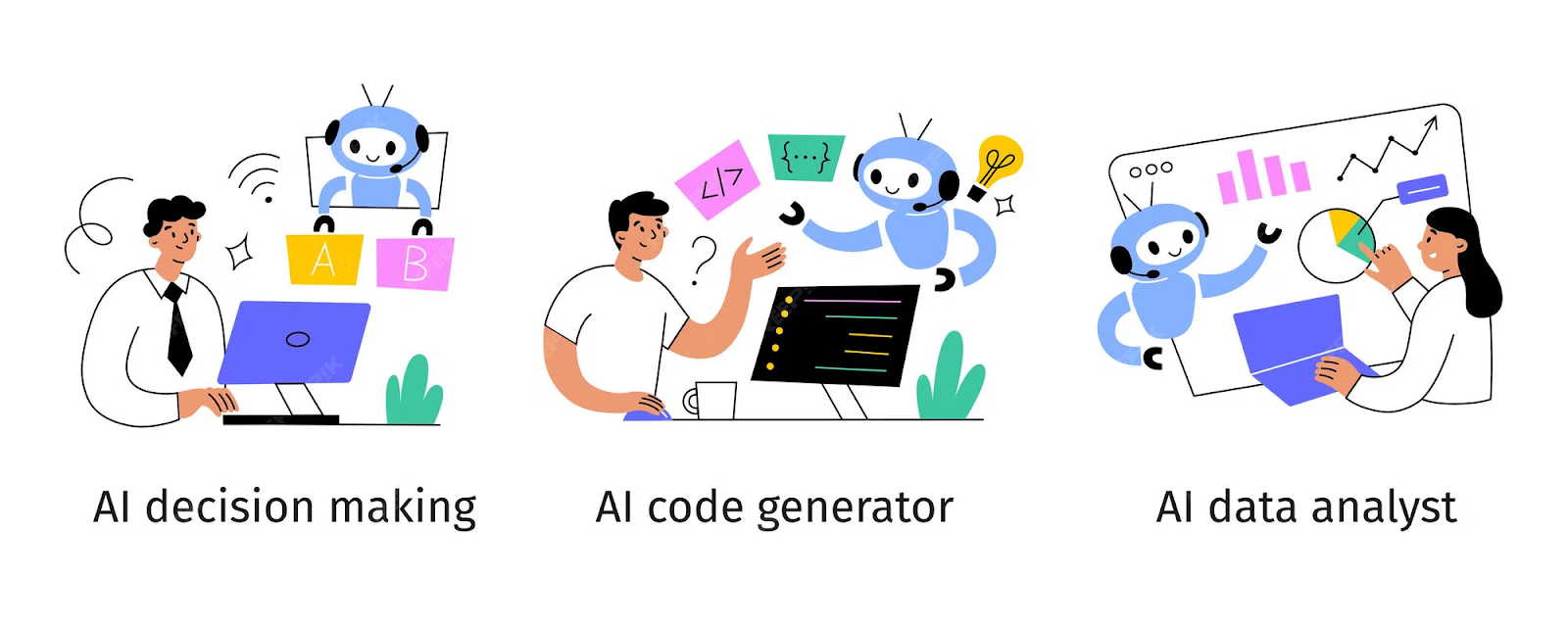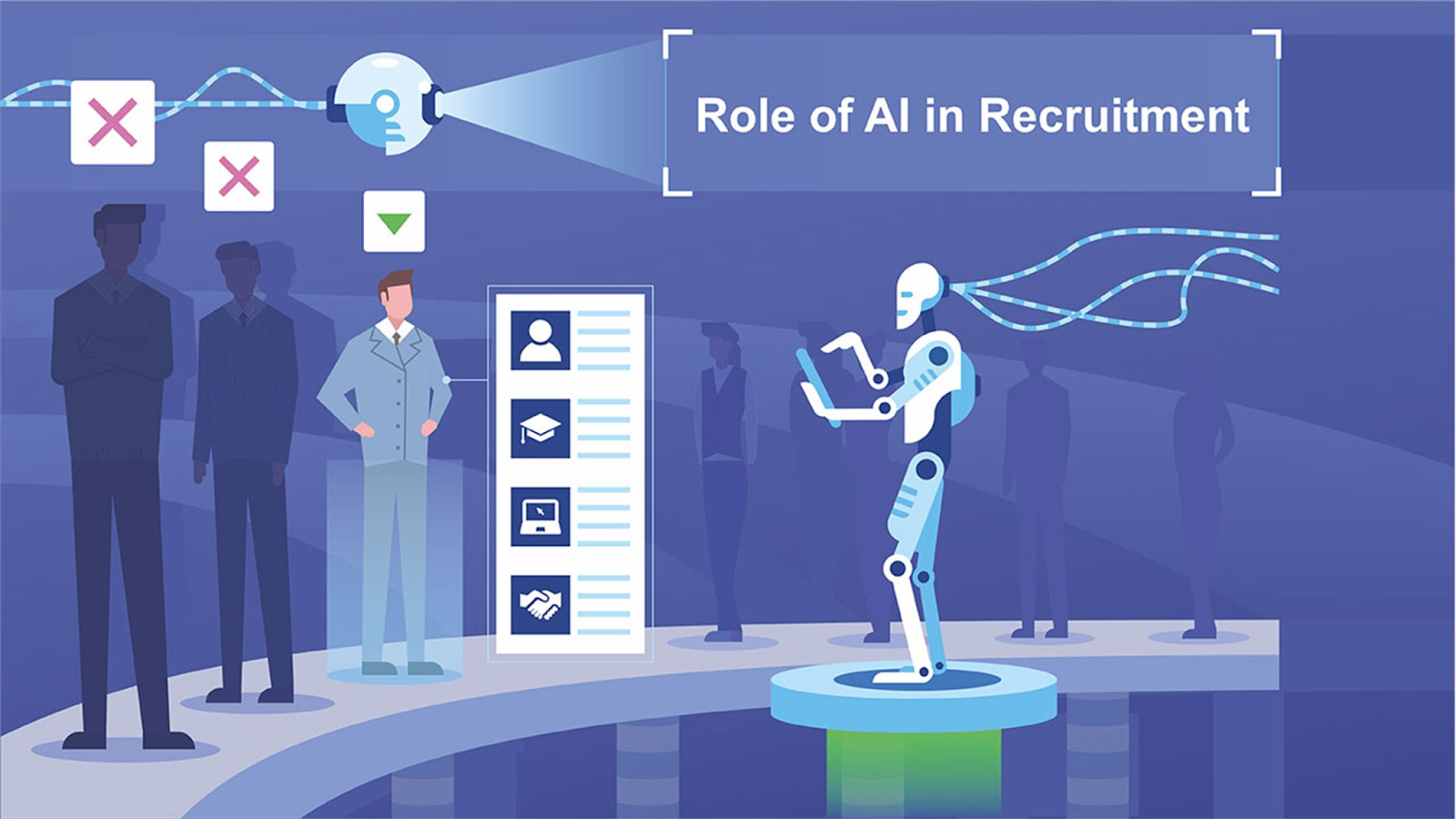Predictive Intelligence Platforms help enterprises forecast trends, optimize operations, and make smarter decisions using AI. Learn how predictive intelligence works, its components, benefits, applications, and why it’s transforming modern business.

Predictive Intelligence Platforms: Transforming Enterprise Decision-Making with AI
Introduction
Predictive Intelligence Platforms are becoming essential tools for modern enterprises that want to stay ahead in fast-changing markets. While organizations generate massive amounts of data every second, the real value lies in transforming this data into future-focused insights. Traditional analytics only show what already happened, but predictive intelligence helps companies anticipate what will happen next.
By integrating artificial intelligence, machine learning, and real-time analytics, these platforms help businesses forecast demand, detect risks early, optimize operations, and improve customer experiences. As industries become more competitive, Predictive Intelligence Platforms are enabling smarter, proactive, and data-driven decision-making.
-
Introduction
-
What Are Predictive Intelligence Platforms?
-
Core Components of Predictive Intelligence Platforms
-
Applications Across Industries
-
Strategic Benefits of Predictive Intelligence
-
Real-World Case Studies
-
Emerging Trends in Predictive Intelligence
-
Best Practices for Implementation
-
Future Outlook
-
Conclusion
In today’s fast-paced business environment, enterprises generate vast amounts of data every second. Yet, the real challenge lies not in collecting data, but in transforming it into actionable insights that drive strategic decision-making. Enter Predictive Intelligence Platforms—advanced systems that leverage artificial intelligence (AI), machine learning (ML), and analytics to forecast trends, anticipate customer behavior, optimize operations, mitigate risks, and support enterprise growth.
Unlike traditional analytics tools, which focus on retrospective reporting, predictive intelligence platforms enable organizations to look forward, helping them make proactive, data-driven decisions. This capability is reshaping industries, from finance and healthcare to retail and manufacturing, empowering companies to gain a competitive edge.
What Are Predictive Intelligence Platforms?
Predictive Intelligence Platforms are software solutions that combine AI, ML, and advanced analytics to analyze historical and real-time data, predict outcomes, and provide actionable recommendations. They integrate structured and unstructured data from multiple sources, generating predictive insights that enhance decision-making across operational, financial, and strategic domains.
These platforms serve as decision accelerators, enabling enterprises to anticipate changes in market trends, detect anomalies, optimize resources, and maximize ROI. They bridge the gap between data collection and actionable business intelligence, turning uncertainty into opportunity.
Core Components of Predictive Intelligence Platforms
Predictive Modeling
Predictive modeling is the foundation of predictive intelligence platforms. It uses statistical techniques and machine learning algorithms to forecast future outcomes based on historical patterns. These models help organizations anticipate market trends, customer behavior, and operational bottlenecks.
- Use Case: A retail chain employs predictive modeling to forecast seasonal demand, optimizing inventory and reducing stockouts.
Anomaly Detection
Anomaly detection identifies deviations from expected behavior, signaling potential risks or opportunities. This is crucial for fraud prevention, cybersecurity, quality control, and operational monitoring.
- Example: Banks detect unusual transaction patterns in real-time, preventing fraudulent activities before they cause losses.
Data Integration and Real-Time Analytics
Predictive intelligence platforms integrate data from diverse sources such as ERP systems, CRM platforms, IoT devices, and social media. Real-time analytics ensures that organizations can act on insights immediately, rather than waiting for periodic reports.
- Application: Manufacturing companies monitor sensor data from equipment to predict maintenance needs, reducing downtime and operational disruptions.
Natural Language Processing (NLP)
NLP enables platforms to understand and interpret unstructured text data, such as emails, reports, customer reviews, and social media posts. It supports tasks like sentiment analysis, compliance monitoring, and customer feedback analysis.
- Use Case: Healthcare organizations analyze clinical notes using NLP to identify potential patient risks and improve treatment plans.
AI-Driven Recommendation Systems
Recommendation engines leverage predictive analytics to suggest actions, optimize resource allocation, and improve customer experiences. They enhance decision-making by providing data-backed recommendations.
- Example: E-commerce platforms recommend products to users based on browsing behavior, increasing conversion rates and customer loyalty.
Applications Across Industries
Finance
Financial institutions use predictive intelligence platforms for credit risk assessment, fraud detection, investment forecasting, and customer behavior prediction. By analyzing transaction data, market trends, and economic indicators, banks can mitigate risk and optimize investment strategies.
- Example: A bank uses predictive analytics to identify high-risk loans, reducing default rates and improving portfolio quality.
Healthcare
In healthcare, predictive intelligence platforms improve patient outcomes, resource allocation, and operational efficiency. They forecast patient admissions, detect potential health risks, and optimize staffing levels.
- Example: Hospitals use predictive models to anticipate ICU occupancy, ensuring adequate staff and equipment availability.
Retail
Retailers leverage predictive intelligence to forecast demand, optimize inventory, personalize marketing campaigns, and improve customer retention.
- Example: A large retail chain predicts customer purchasing patterns, adjusting inventory and promotions to maximize sales.
Manufacturing
Manufacturers apply predictive intelligence to maintenance planning, quality control, and supply chain optimization. Sensor data and operational metrics are analyzed to prevent downtime and enhance productivity.
- Example: An automotive manufacturer uses predictive maintenance models to reduce machine failures and save millions annually.
Supply Chain
Predictive intelligence optimizes logistics, inventory management, and distribution strategies. Real-time insights help anticipate demand fluctuations and supply chain disruptions.
- Example: A global logistics company predicts shipping delays due to weather patterns and adjusts delivery routes proactively.
Marketing
Marketing teams use predictive intelligence to segment audiences, forecast campaign outcomes, and enhance customer targeting. Insights into behavior and preferences enable more effective campaigns.
- Example: An online streaming service predicts viewer preferences and curates personalized content, boosting engagement and retention.
Strategic Benefits of Predictive Intelligence

Operational Efficiency
By anticipating demand and monitoring performance, predictive intelligence platforms reduce inefficiencies and streamline workflows. Automation of routine decisions frees resources for strategic initiatives.
Revenue Growth
Predictive insights enable targeted marketing, personalized experiences, and pricing optimization, directly driving sales and revenue.
Risk Mitigation
Early detection of anomalies and predictive forecasting helps organizations prevent losses due to fraud, operational errors, or market volatility.
Proactive Decision-Making
Organizations can move from reactive to proactive strategies, making informed decisions that anticipate future challenges and opportunities.
Real-World Case Studies
- Netflix: Uses predictive intelligence for personalized content recommendations and churn prediction, improving engagement and retention.
- UPS: Implements predictive analytics to optimize delivery routes, reducing fuel costs and improving delivery speed.
- Siemens: Leverages predictive maintenance for industrial equipment, preventing failures and enhancing operational efficiency.
- Amazon: Uses predictive models to forecast demand and optimize inventory management, minimizing stockouts and overstock situations.
Emerging Trends in Predictive Intelligence

Hyper-Personalization
AI models analyze individual customer behaviors to deliver personalized experiences and recommendations across channels.
Generative AI Integration
Generative AI can simulate potential future scenarios, enabling organizations to test strategies and anticipate outcomes before implementation.
Autonomous Decision-Making
Predictive intelligence platforms are increasingly capable of making automated operational decisions, from inventory replenishment to fraud prevention.
Explainable AI
Transparency and interpretability of AI models are becoming essential to build trust, especially in regulated industries like finance and healthcare.
Best Practices for Implementing Predictive Intelligence Platforms
Data Governance
Ensure that data is accurate, compliant, and secure. High-quality data is critical for reliable predictions.
Model Monitoring and Maintenance
Regularly update predictive models, monitor performance, and retrain with new data to maintain accuracy and relevance.
Scalability and Integration
Choose platforms that integrate seamlessly with existing systems and can scale as business needs evolve.
Ethical Considerations
Address bias, fairness, and transparency in AI predictions. Ethical AI practices improve trust and reduce reputational risks.
Future Outlook

Predictive intelligence platforms will become integral to enterprise strategy, enabling organizations to anticipate challenges, seize opportunities, and make decisions faster than ever. Key developments include:
- Increased adoption of real-time decision engines
- Integration with IoT, generative AI, and advanced analytics tools
- Human-AI collaboration in decision-making
- Focus on ethical AI, explainability, and regulatory compliance
Enterprises that embrace predictive intelligence will achieve sustained competitive advantage, operational efficiency, and enhanced customer experiences.
Conclusion
Predictive Intelligence Platforms are transforming how organizations operate, strategize, and compete. By leveraging AI, ML, and advanced analytics, businesses can anticipate market shifts, optimize resources, mitigate risks, and drive growth.
From finance and healthcare to retail and manufacturing, predictive intelligence empowers enterprises to make data-driven decisions with confidence. As technology evolves, predictive platforms will continue to enable proactive, strategic, and ethical decision-making, ensuring businesses remain agile and competitive in a data-driven world.


